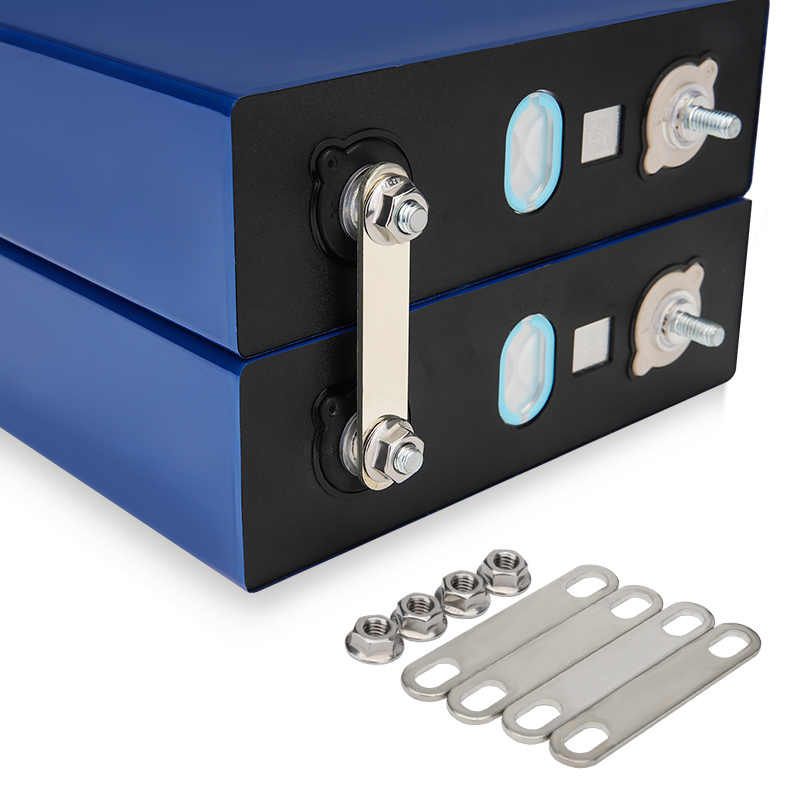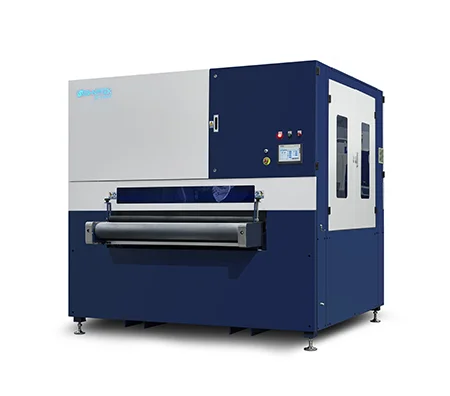In the realm of modern technology, infrared cameras have emerged as a pivotal tool for various applications, ranging from security surveillance to wildlife observation. A common question arises: Can infrared cameras see in the dark? The answer is nuanced, as it delves into the principles of infrared technology, the types of infrared cameras, and their practical applications. This article aims to provide a comprehensive understanding of how infrared cameras operate in low-light conditions and their advantages over traditional imaging methods.
Understanding Infrared Technology
Infrared (IR) technology operates on the principle of detecting infrared radiation, which is emitted by all objects based on their temperature. Unlike visible light, which requires illumination to be captured by standard cameras, infrared radiation can penetrate darkness, allowing infrared cameras to see in conditions where visible light is absent.
Infrared radiation is divided into three primary categories based on wavelength:
- Near-Infrared (NIR): Wavelengths from 0.7 to 1.5 micrometers. NIR is often used in applications like night vision and optical communications.
- Mid-Infrared (MIR): Wavelengths from 1.5 to 5 micrometers. MIR is commonly used in thermal imaging and industrial applications.
- Far-Infrared (FIR): Wavelengths from 5 to 1000 micrometers. FIR is primarily used in thermal imaging for detecting heat signatures.
Types of Infrared Cameras
Infrared cameras can be broadly categorized into two types: thermal cameras and near-infrared cameras. Each type has distinct functionalities and applications.
- Thermal Cameras
Thermal cameras detect heat emitted by objects and convert it into an image. They are particularly effective in complete darkness, as they do not rely on any external light source. The thermal imaging process involves the following steps:
- Detection: The camera's sensor detects infrared radiation emitted by objects, which is proportional to their temperature.
- Conversion: The sensor converts this radiation into an electrical signal.
- Image Formation: The electrical signal is processed to create a thermal image, where different temperatures are represented by varying colors.
Thermal cameras are widely used in various fields, including:
- Security and Surveillance: Monitoring perimeters and detecting intruders in low-light conditions.
- Firefighting: Locating hotspots and victims in smoke-filled environments.
- Building Inspections: Identifying heat leaks and insulation issues.
- Near-Infrared Cameras
Near-infrared cameras, on the other hand, require some ambient light to function effectively. They utilize NIR light, which can be emitted by infrared illuminators or reflected from objects. These cameras are often used in conjunction with visible light cameras to enhance nighttime surveillance capabilities.
Applications of near-infrared cameras include:
- Wildlife Observation: Capturing images of nocturnal animals without disturbing their natural behavior.
- Security Systems: Enhancing visibility in low-light environments, often paired with traditional visible light cameras.
Advantages of Infrared Cameras in Low-Light Conditions
Infrared cameras offer several advantages over traditional cameras, particularly in low-light or no-light environments:
- Enhanced Visibility: Thermal cameras can detect heat signatures, making them invaluable for surveillance and search-and-rescue operations.
- Non-Intrusive Monitoring: Infrared cameras can operate without the need for visible light, allowing for discreet monitoring of sensitive areas.
- Versatility: These cameras can be used in various environments, from urban settings to remote wilderness areas, providing critical data in diverse applications.
Limitations and Considerations
While infrared cameras are powerful tools, they are not without limitations. For instance, thermal cameras may struggle to differentiate between objects with similar temperatures, and their effectiveness can be hindered by environmental factors such as rain, fog, or snow. Additionally, near-infrared cameras may require supplemental lighting to function optimally in extremely dark conditions.
Conclusion
In conclusion, infrared cameras indeed have the capability to see in the dark, but the extent of their effectiveness varies based on the type of camera and environmental conditions. Thermal cameras excel in complete darkness by detecting heat signatures, while near-infrared cameras enhance visibility in low-light situations. As technology continues to advance, the applications and capabilities of infrared cameras will undoubtedly expand, making them indispensable tools in various fields. Understanding their functionality and limitations is crucial for maximizing their potential in real-world scenarios.



